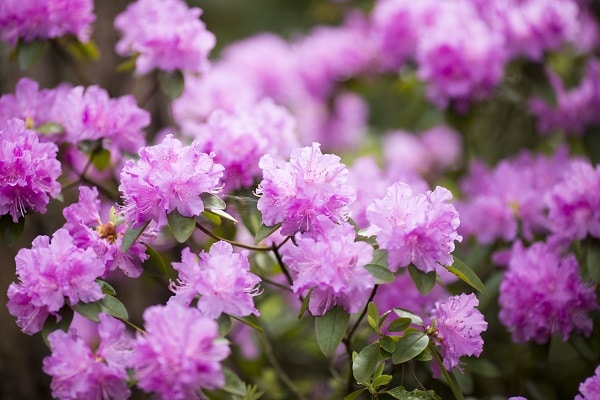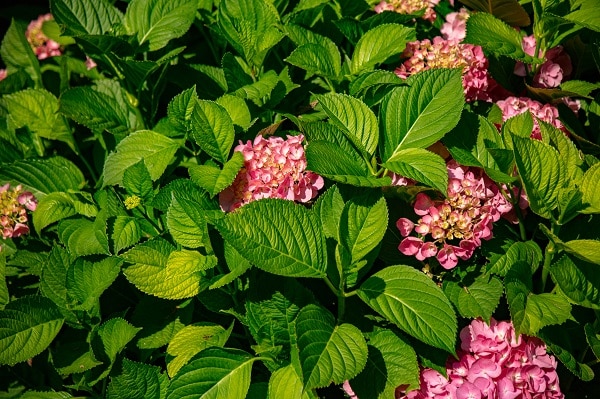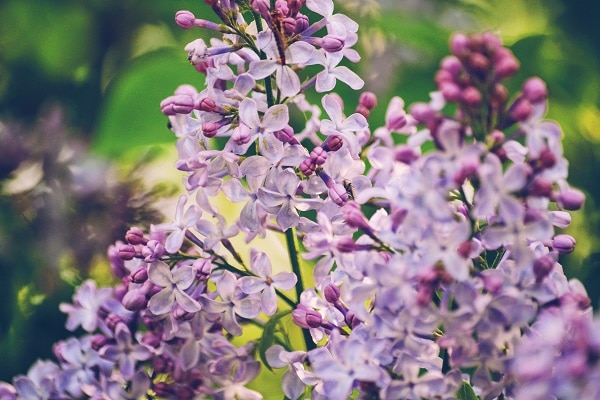Pruning is cutting off parts of a plant to improve its shape or size. For many plants, this is a big part of maintaining them. However, it can damage the plant and make it less healthy when done incorrectly. There are many plants that you should never prune. This post will look at some of these plants and why it is that you shouldn’t prune them. So before you get to work in your yard, keep these tips in mind. That way, you can keep your plants healthy and happy.
Contents
Forsythia

Forsythia is a bright and cheerful plant that is often one of the first to bloom in the spring. However, many gardeners mistake pruning Forsythia immediately after it blooms. This can damage the plant and prevent it from flowering for the rest of the season. Forsythia blooms on last year’s growth, so pruning it in early summer will remove next year’s flowers. In addition, Forsythia isn’t a fast-growing plant and doesn’t require pruning to keep it under control. So if you’re tempted to give your Forsythia a trim, resist the urge and enjoy its vibrant blooms next spring.
Mock Orange

Mock orange is a beautiful, fragrant shrub that many gardeners prize. However, it is important to note that mock orange should never be pruned. This is because Mock Orange blooms on new wood, and pruning will remove the growth that will produce next year’s flowers. Additionally, mock orange is a fast-growing shrub, and pruning will stimulate rapid growth. As a result, pruning mock orange will result in fewer flowers and an increasingly overgrown shrub. Therefore, it is best to simply enjoy the natural shape of Mock Orange and let it grow unchecked.
Purple Beautyberry

Purple beautyberry is a stunning deciduous shrub that produces various clusters of small purple berries. The berries are a favorite food of birds, and the shrub provides valuable habitat for many other wildlife species. However, purple beautyberry should never be pruned, as this can damage the plant and reduce its ability to produce fruit. When beautyberry is pruned, the plant responds by producing lots of new growth, weakening the roots and making the plant more susceptible to wind damage. In addition, pruning can also stimulate the production of unsuitable leaves and berries that are low in quality. For these reasons, it is best to leave purple beautyberry alone simply to continue to thrive and provide food and shelter for wildlife.
Azalea

Azaleas are one of the most popular shrubs for home gardens, and it’s easy to see why. They’re attractive, come in various colors, and are relatively low-maintenance. However, one important task is that azaleas should never be subjected to pruning. Like many plants on this list, azaleas produce flowers on last year’s growth, so pruning them will result in fewer flowers. Furthermore, azaleas tend to bleed sap if they’re pruned in late spring or early summer. This can damage the plant, but it also makes a mess of garden tools and clothing. While it may be tempting to trim azaleas, it’s better to resist the urge and let them develop independently.
Rhododendron

Any experienced gardener will tell you that pruning is a delicate art. Cut too much, and you can irreparably damage the plant. Cut too little, and you won’t achieve the desired effect. When it comes to pruning rhododendron, it’s best to err on the side of caution. These beautiful shrubs are notoriously difficult to grow, and even the most experienced gardeners sometimes have trouble getting them to thrive. Pruning can stress rhododendron, making them more susceptible to disease and pests. It can also cause the plant to produce fewer flowers in some cases. So unless you’re an expert, it’s best to leave your rhododendron alone.
Mountain Hydrangea

Pruning mountain hydrangea is generally not recommended, as it can damage the plant and encourage excessive growth. Mountain hydrangeas are naturally slow-growing plants, and pruning can stimulate new growth that the plant may not be able to support. This can lead to weak, leggy stems that are more prone to breaking. Although pruning can encourage the plant to produce more flowers, it can reduce the overall amount of blooms. If you decide to prune your mountain hydrangea, do so in early spring before new growth begins. This will give the plant time to recover and produce healthy new growth. Although pruning can encourage the plant to make more flowers, it can reduce the overall amount of blooms.
Lilac

Lilacs are prized for their showy blooms and sweet fragrance. However, many gardeners mistake giving their lilacs a heavy pruning each year. While it’s true that lilacs can benefit from light trimming after blooming, major pruning will hurt your plant. Heavy pruning encourages the growth of weak stems that are more susceptible to damage from wind and snow. Furthermore, it can promote the development of basal shoots, which reduces the chances of flowers developing on the tips of the branches. So if you want your lilacs to thrive, resist the temptation to give them a significant haircut – a light trimming is all they need.
Conclusion
Pruning is a necessary part of gardening, but there are some plants that you should never prune. The ones on this list are all examples of plants that can be damaged by pruning. So before you reach for the pruning shears, make sure you know which plants are best left alone. If you don’t see any of your plants on here, it is still best to check with your local nursery or gardening center to get their professional opinion. You can keep your plants healthy and happy for years with a bit of knowledge.


